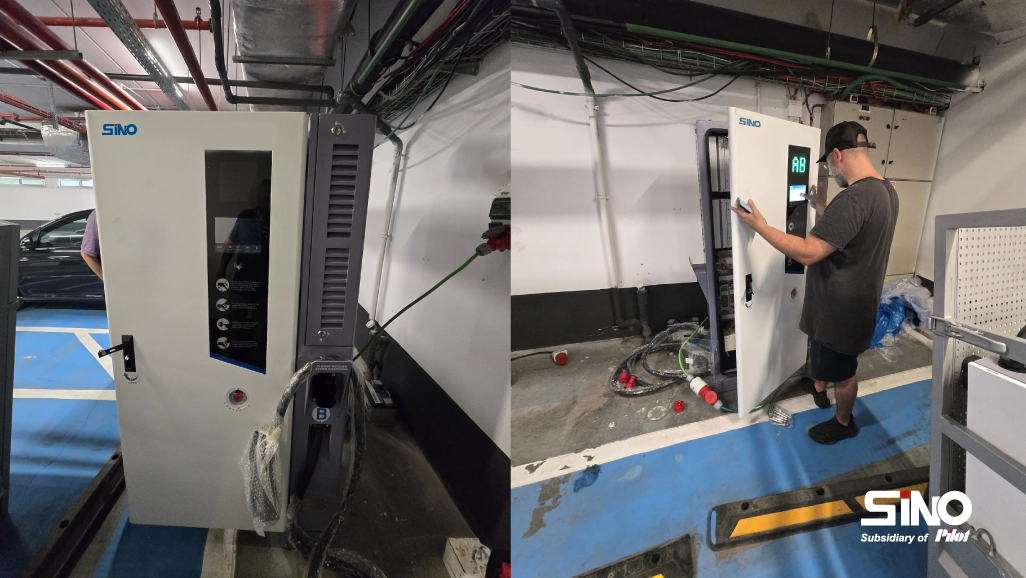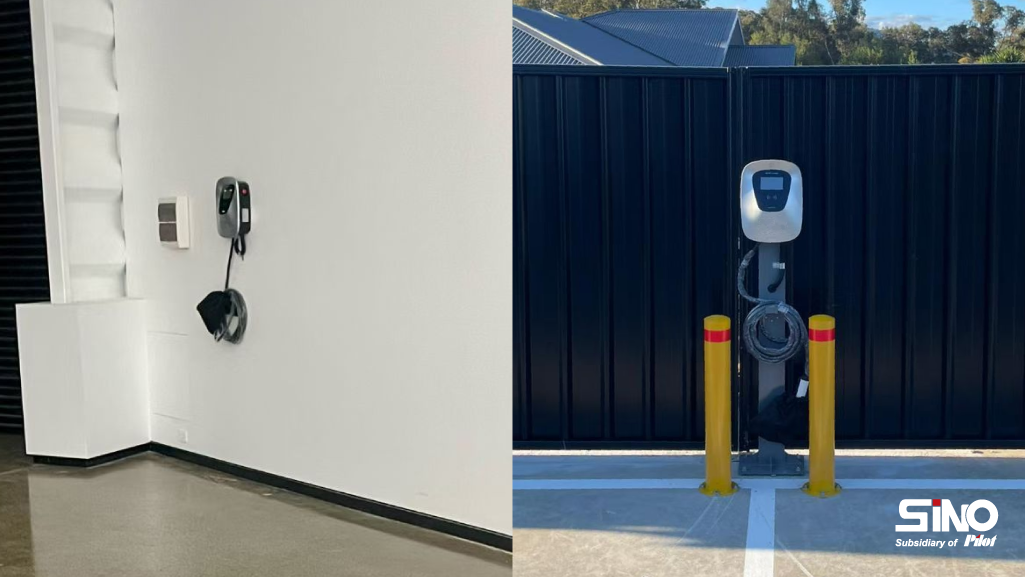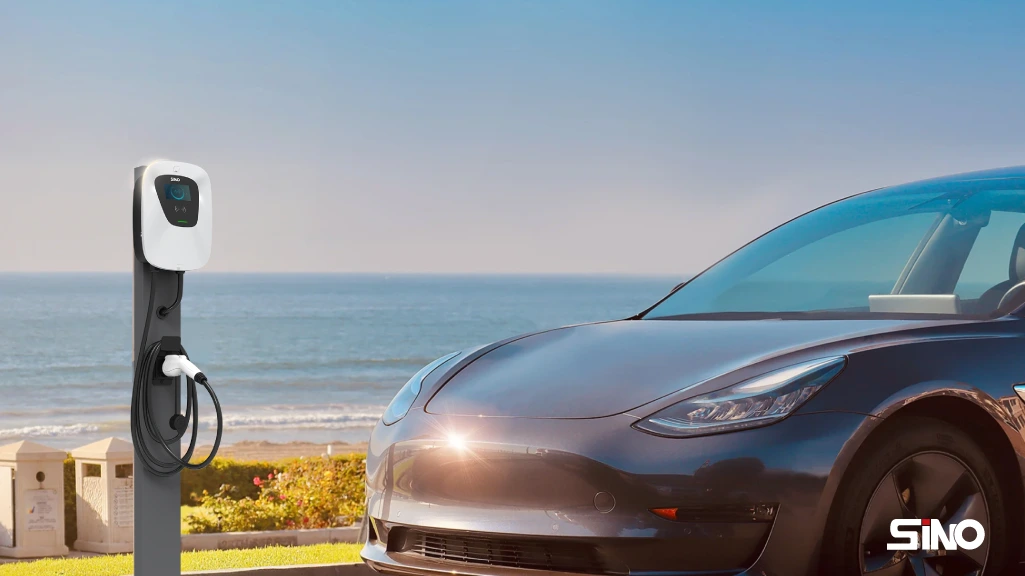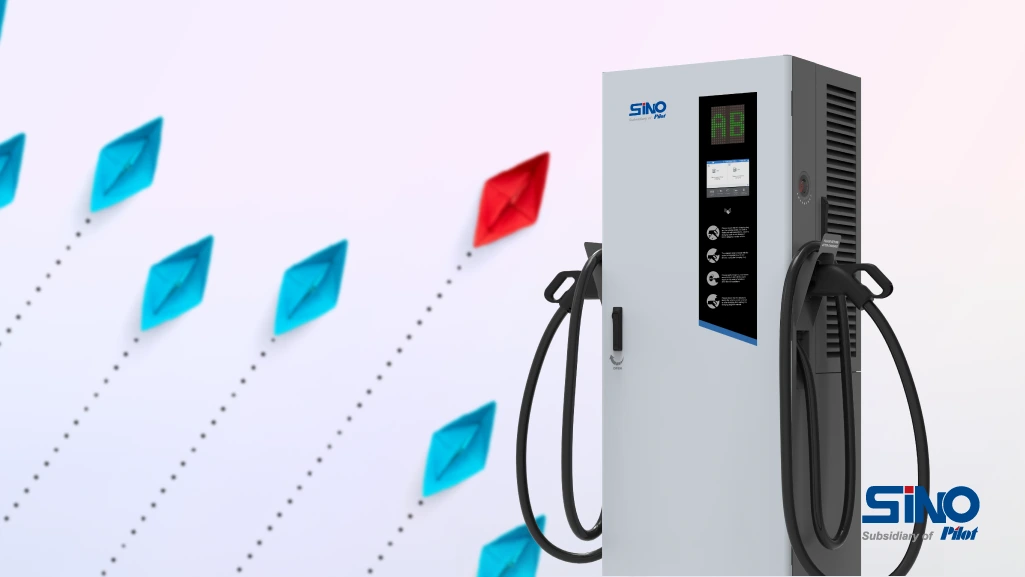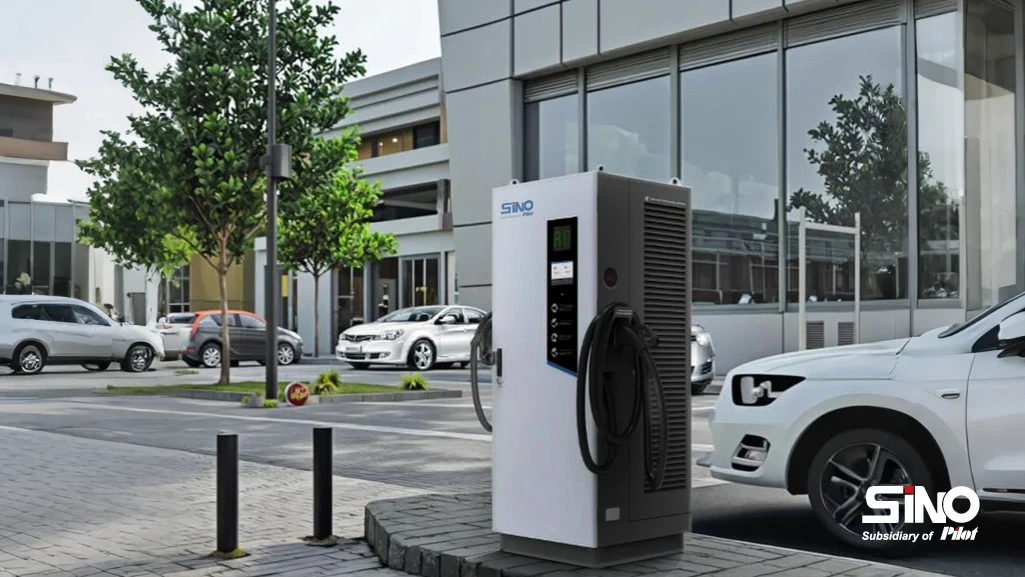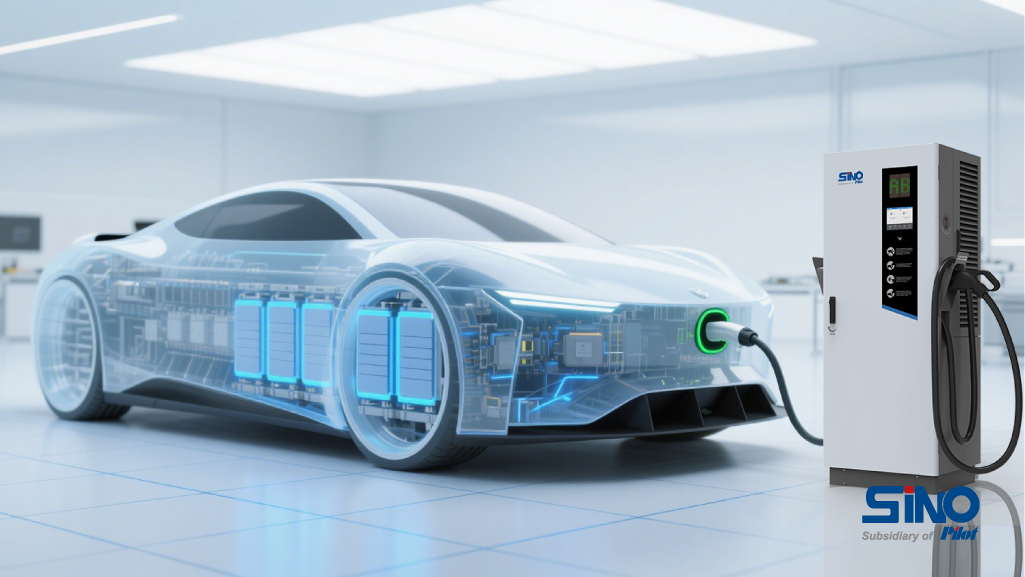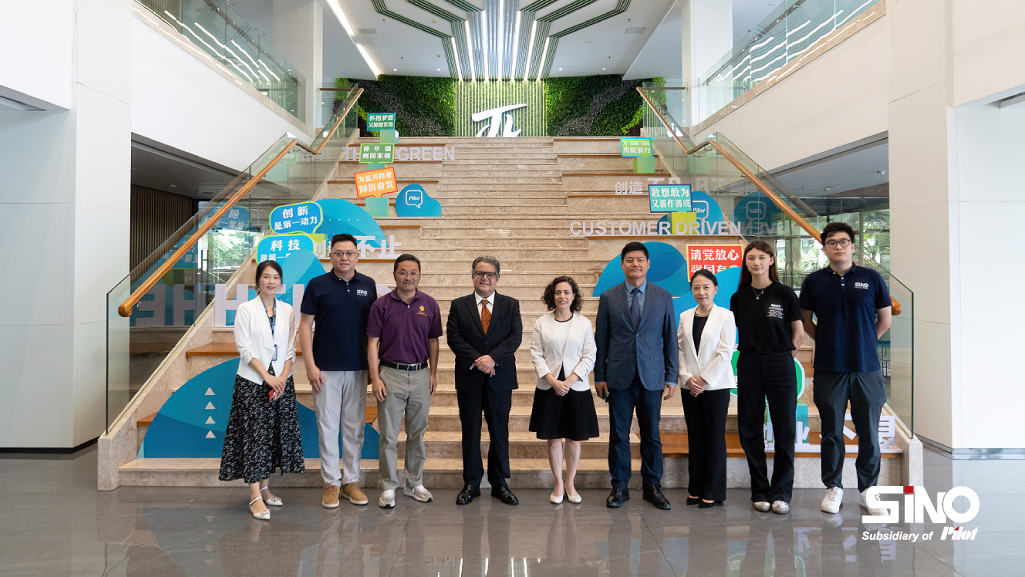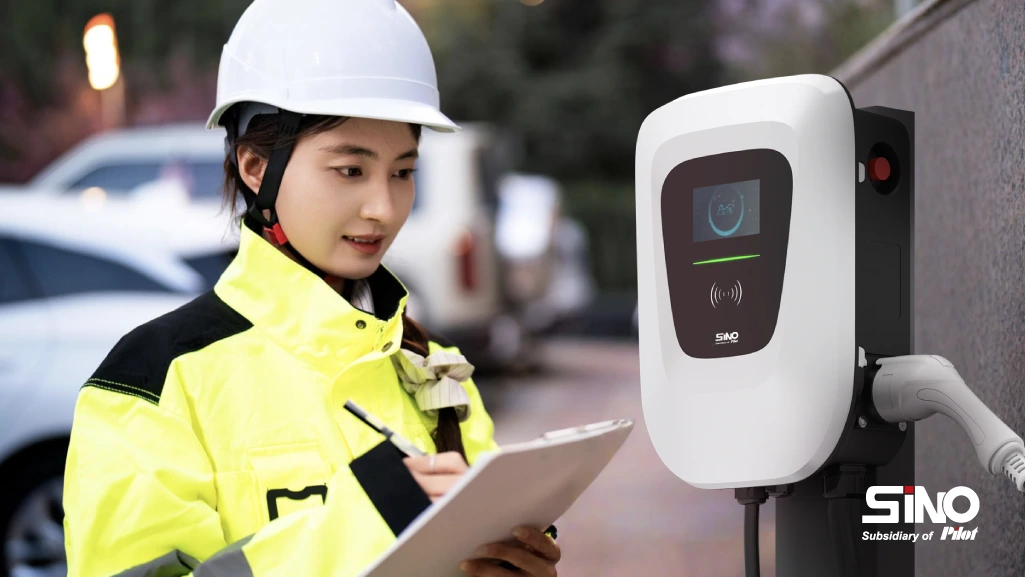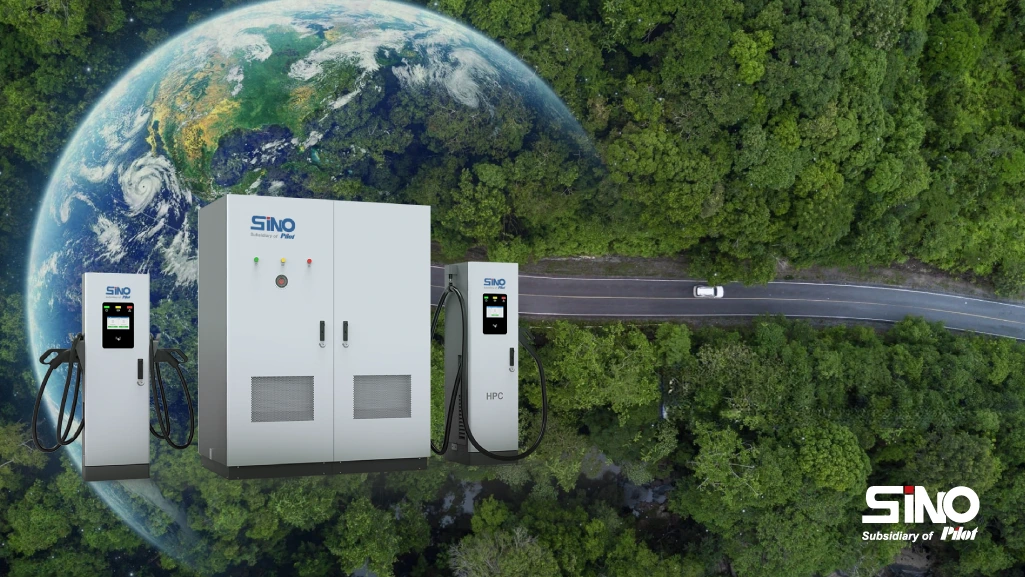Introduction
Summer is a great time for road trips and outdoor adventures, but high temperatures can take a toll on your electric vehicle (EV). Hot weather affects battery performance, charging efficiency, and overall vehicle health. To keep your EV running smoothly during the warmer months, follow these five essential summer charging tips.
1. Park in the Shade to Prevent Battery Overheating
Lithium-ion batteries, which power most EVs, are sensitive to extreme temperatures. Exposure to direct sunlight can cause the battery to overheat, reducing efficiency and shortening its lifespan.
How to protect your EV:
- Park in a garage or a shaded area whenever possible.
- Use a windshield sunshade to minimize heat buildup inside the car.
- If available, enable your EV’s thermal management system to regulate battery temperature.
By keeping your EV cool, you can enhance battery longevity and improve charging efficiency.
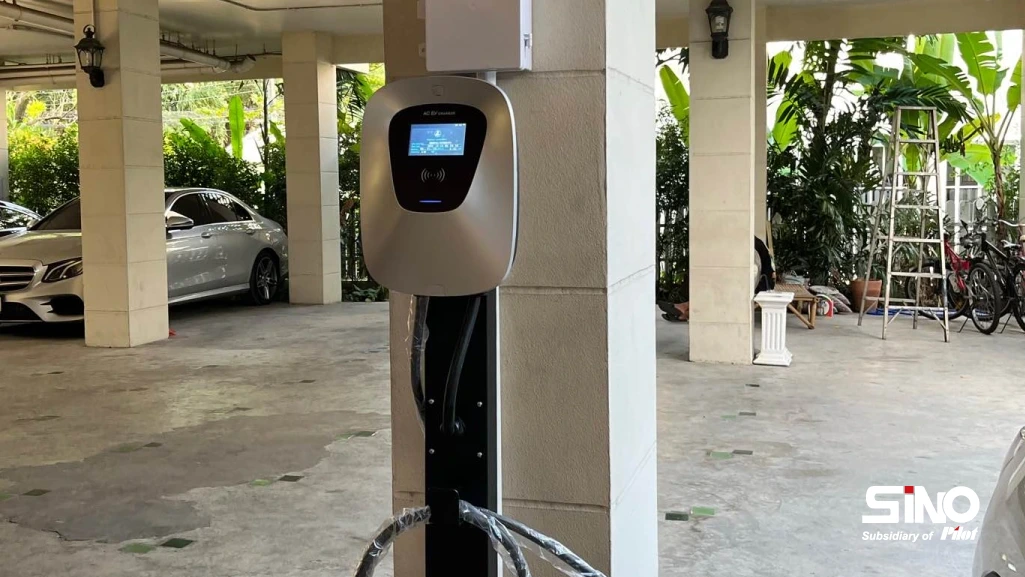
2. Precondition Your EV While Plugged In
Starting your drive with an already-cooled cabin and battery can significantly improve efficiency. Many EVs allow you to precondition the interior while the car is still plugged in, reducing the need to drain battery power for cooling.
Best practices for preconditioning:
- Use your EV’s mobile APP to schedule cooling before you leave.
- Always precondition while the car is connected to the charger to save battery energy.
- If your EV has a heat pump, take advantage of it for efficient climate control.
Preconditioning ensures a comfortable ride without compromising your driving range.
3. Adjust Charging Time to Avoid Peak Heat
Charging your EV during the hottest part of the day can strain the battery and slow down the charging process. High temperatures can also trigger battery cooling mechanisms, consuming extra energy.
Smart charging strategies:
- Charge during the early morning or late evening when temperatures are lower.
- If you use public fast chargers, look for shaded or indoor charging stations.
- Use scheduled charging features to start charging during off-peak hours.
By timing your charging sessions wisely, you can maintain battery health and improve charging efficiency.
Peak Heat Hours (10AM-4PM):
Slowest charging speeds
Highest grid demand costs
Battery preconditioning required
Ideal Summer Window:
Late evening (7PM-12AM): Cooler temps + off-peak rates
Early morning (5AM-8AM): 20% faster charge than midday
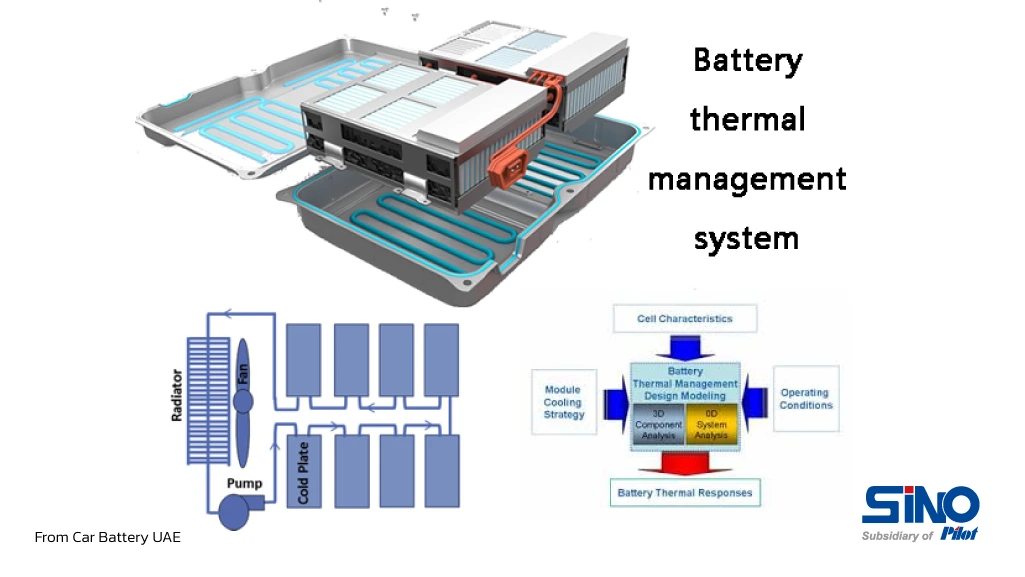
4. Monitor Battery Temperature During Long Drives
Long-distance travel in hot weather can cause battery temperatures to rise, potentially affecting performance. Most modern EVs have built-in cooling systems, but it’s still important to keep an eye on battery health.
How to prevent overheating:
- Take breaks on long trips to let the battery cool down.
- Avoid aggressive acceleration, which generates additional heat.
- Check your EV’s battery temperature through the dashboard or mobile app.
Monitoring your battery temperature ensures a safe and efficient driving experience, especially during summer road trips.
5. Use Eco-Mode and Efficient Driving Habits
Driving habits have a direct impact on battery efficiency, especially in hot weather. Rapid acceleration, high speeds, and excessive air conditioning usage can drain your battery faster.
Energy-saving tips:
- Activate Eco Mode to optimize power consumption.
- Drive at moderate speeds and use regenerative braking whenever possible.
- Set the AC to a reasonable temperature and use ventilated seats if available.
By adopting efficient driving habits, you can extend your EV’s range and reduce unnecessary heat buildup.
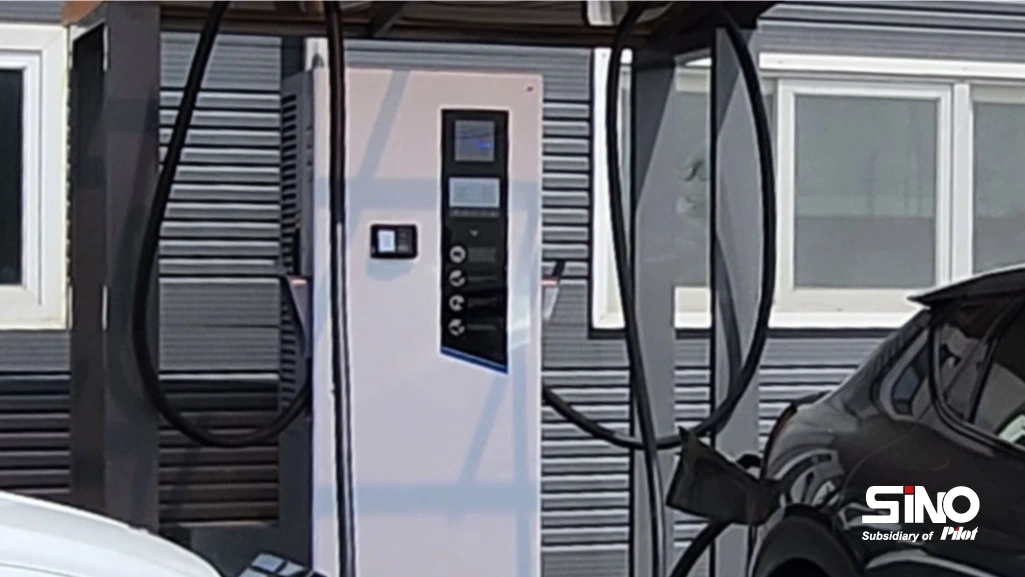
Conclusion
Summer heat can pose challenges for EV owners, but with the right precautions, you can keep your vehicle in top shape. By parking in the shade, preconditioning your car, adjusting charging times, monitoring battery temperature, and adopting efficient driving habits, you can maximize battery life and performance.
Have your own summer EV tips? Share them in the comments below!
FAQ Section
Q: Is fast charging safe in extreme heat?
A: Limit DCFC to 80% SOC when above 95°F. Most EVs automatically derate speeds.
Q: Can I charge during thunderstorms?
A: Yes, but use covered stations. All J1772/CCS connectors meet IP67 waterproof standards.
Q: How long should batteries cool before charging?
A: 30-45 mins after hard driving. Check dash for “Battery Cooling” alerts.
Q: Special tips for desert climates?
A: Phoenix/Texas owners should: Install ceramic window tint, Use scheduled preconditioning, Consider battery blanket insulation.
Our Social
Facebook: www.facebook.com/sinoevc
Instagram: www.instagram.com/sinoevc
Linkedin: www.linkedin.com/company/sinoevse
Youtube: www.youtube.com/@sinoevc
Twitter: www.twitter.com/sinoevc

“Charging for A Better Life”
—Zhuhai Sino Energy Technology Co.,Ltd.






